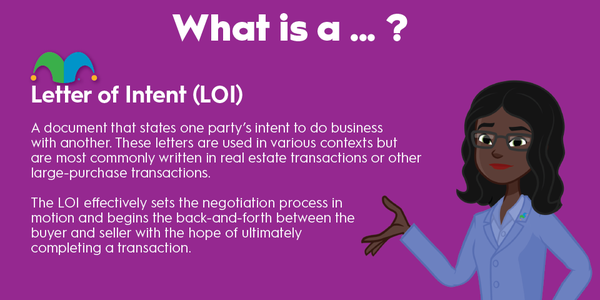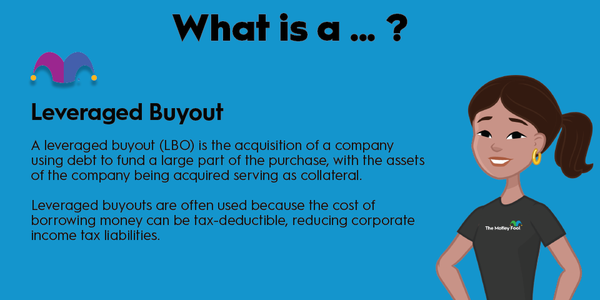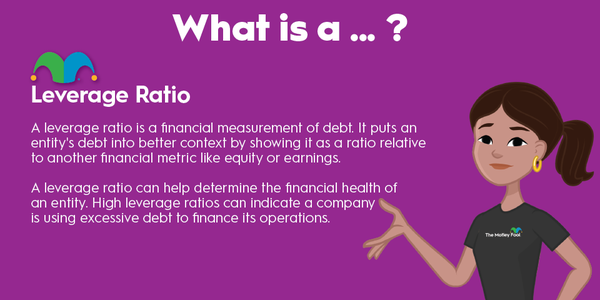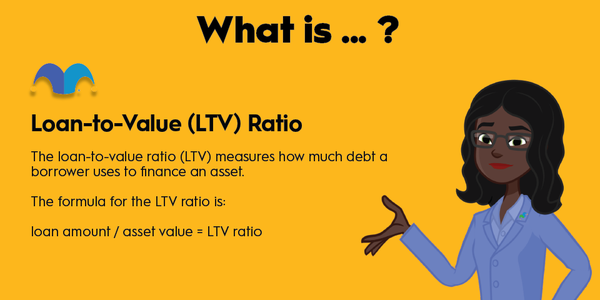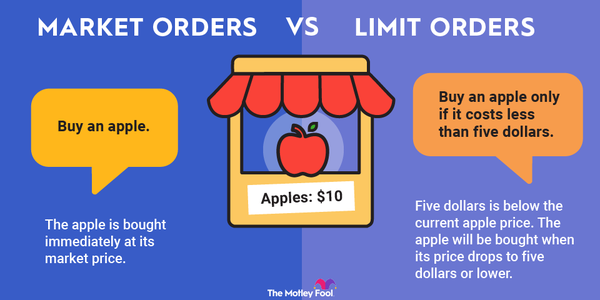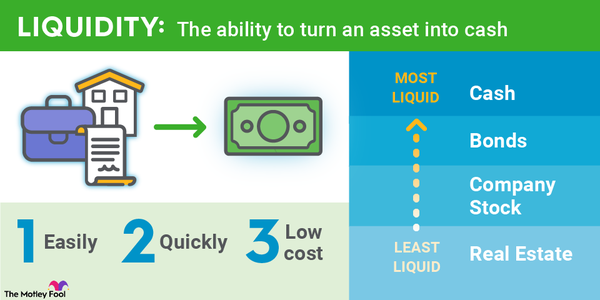Investors use plenty of tricks in their attempts to beat the overall performance of the stock market. Leveraged exchange-traded funds (ETFs) fit into this category. A leveraged ETF generally tracks a stock market index, industry, or asset class, and uses debt to boost the fund's return. Buying shares in a leveraged ETF poses certain risks, which investors should be clearly aware of before making any investing decisions.
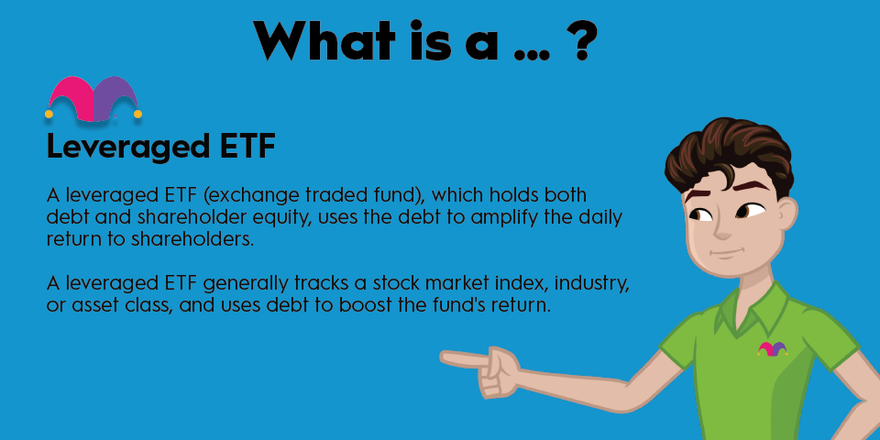
What is a leveraged ETF?
What is a leveraged ETF?
A leveraged ETF (exchange traded fund), which holds both debt and shareholder equity, uses the debt to amplify the daily return to shareholders. Non-leveraged ETFs, by contrast, hold only shareholder leveraged equity and simply track an underlying index or asset class with the goal of matching that index or asset's performance. Fund managers of leveraged ETFs aim to generate daily returns that are multiples of the performance of the underlying index or asset class with the objective of earning returns that exceed the cost of assuming the debt.
Leveraged ETFs may also use derivatives -- such as options and futures contracts -- to amplify returns. Inverse leveraged ETFs use derivatives to generate the opposite of the daily return of an index or asset class. Investors who expect the value of an index or asset class to decline, much like short sellers, may buy shares in an inverse leveraged ETF. Some inverse leveraged ETFs aim to generate a multiple of the opposite of the daily return of an index or asset class.
Exchange-Traded Fund (ETF)
How leveraged ETFs work
How leveraged ETFs work
The easiest way to explain how leveraged funds work is to provide a few examples. Let's assume that you hold shares in a triple-leveraged ETF that tracks the S&P 500 (SNPINDEX:^GSPC) and that the index loses 20% of its value in a month. Your shares in the leveraged ETF would lose roughly 60% of their value. If the ETF was not leveraged, the value of the S&P 500 would need to rise by about 25% for you to recoup your losses. (If an asset loses and regains value, the regained value represents a larger proportion of the value of the asset at its reduced amount.) But with the triple-leveraged ETF, the S&P's value would need to rise by 50% and the value of your shares in the ETF by 150% to recoup those same losses.
The ProShares Ultra S&P 500 ETF (SSO -0.22%) is a leveraged ETF designed to return two times the daily return of the S&P 500. If the value of the S&P 500 increases by 1% in a day, then the value of this fund rises by roughly 2% after management fees are subtracted. But, if the S&P 500 loses 1% of its value in a day, then the ProShares Ultra S&P 500 ETF declines in value by about 2%.
The ProShares UltraShort S&P 500 ETF (SDS 0.15%) is an inverse leveraged ETF designed to return two times the opposite of the S&P 500's daily performance. If the S&P 500 loses 1% of value in a day, then this fund's value increases by 2%. A value increase of 2% for the S&P 500 results in a 4% value decrease for the ProShares UltraShort S&P 500 ETF.
Because the effects of leverage are compounded over time with leveraged ETFs, the long-term returns generated by these ETFs do not simply mirror the returns of the index or asset class they are designed to track. Periods of volatility can cause leveraged ETFs to severely underperform relative to the asset or index they track. As with the first example above, a triple-leveraged S&P 500 ETF loses 60% when the underlying index only loses 20%. In some rare cases, particularly when derivatives are used, a leveraged ETF can even lose all or most of its value.
Pros and Cons of leveraged ETFs
Pros and cons of leveraged ETFs
Leveraged ETFs are often used by traders making short-term investments. Imagine that a trader expects the price of oil to increase over the course of a few days or weeks. A small position in a leveraged ETF can greatly increase the trader's return if that prediction is correct. If a trader expects oil's short-term price to decline, then owning shares in an inverse leveraged ETF can provide a hedge against potential losses. But, if a trader wrongly predicts an outcome, then the leveraged nature of the ETF amplifies the trader's losses.
These are the main benefits and drawbacks of investing in a leveraged ETF:
| Benefits of Leveraged ETFs | Risks of Leveraged ETFs |
|---|---|
| Leveraged ETFs amplify daily returns and can help traders generate outsized returns and hedge against potential losses. | A leveraged ETF's amplified daily returns can trigger steep losses in short periods of time, and a leveraged ETF can lose most or all of its value. |
| Shares of leveraged ETFs are traded in the open market like a stock. | Some leveraged ETFs are not heavily traded, meaning that your ability to buy or sell shares in a leveraged fund may be constrained. |
| Investing in a leveraged ETF can confer indirect exposure to derivatives contracts. | Because they utilize derivatives to boost returns, leveraged ETFs are less likely to closely track the underlying index or asset. |
| Leveraged ETFs mirror the daily returns of an index or asset with minimal tracking errors. | Leveraged ETFs over the long term do not closely mirror the daily returns of the index or asset they track. |
Should a long-term investor buy leveraged ETFs?
Should a long-term investor buy leveraged ETFs?
While leveraged ETFs can technically be held for long periods of time, The Motley Fool does not recommend doing so. The prospect of generating impressive returns in the short term might be tempting, but, in periods of economic decline, leveraged ETFs can lose significant value. Non-leveraged ETFs are a far better option for a long-term investor.

